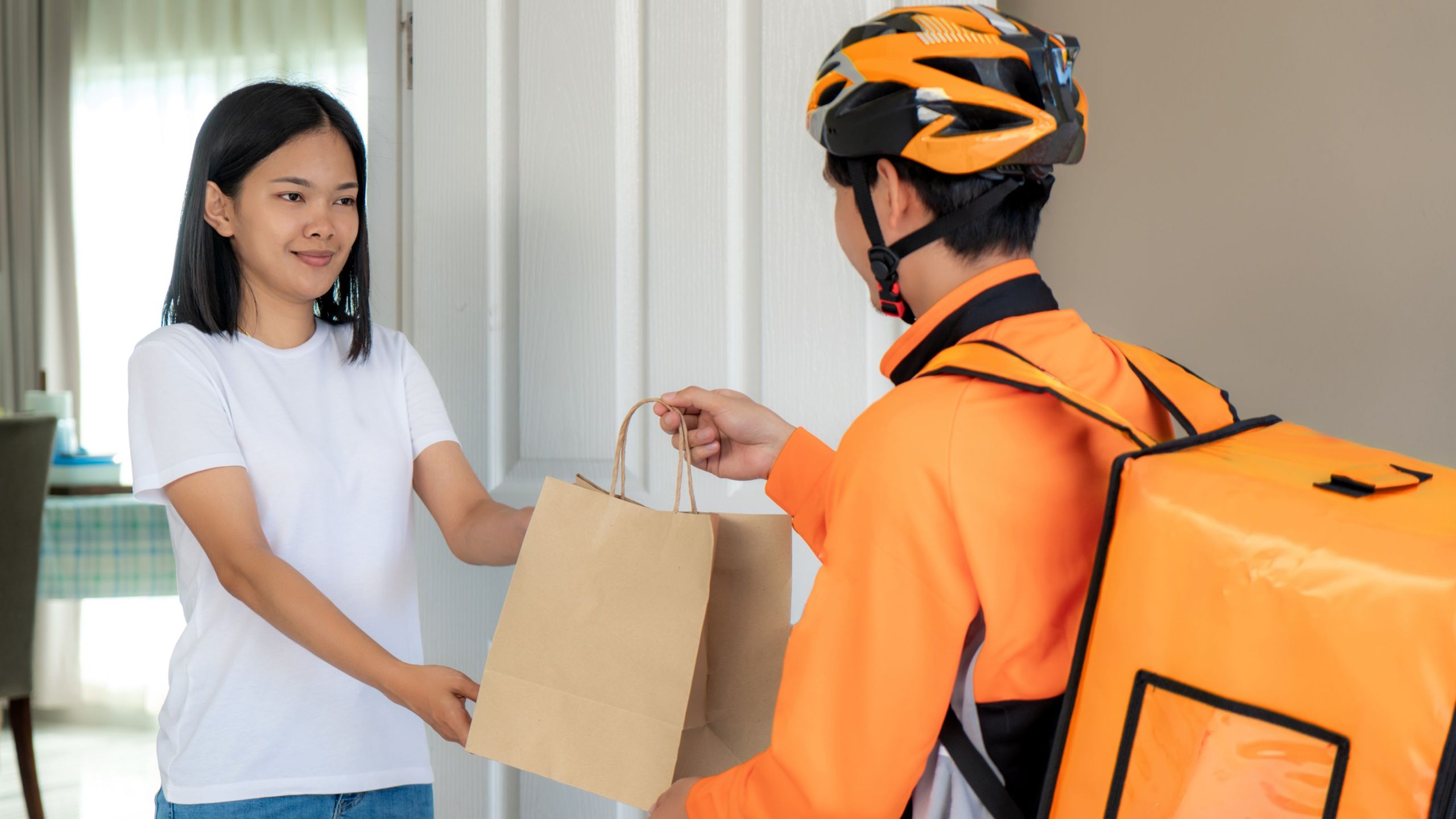With the rise of food-delivery apps such as GrubHub, Seamless, and Delivery.com, starting a delivery-only restaurant might seem like a natural progression for an aspiring restaurateur. After all, it’s less capital intensive than opening a standard eatery and doesn’t require the same upfront costs for real estate or fixtures. And you don’t need to own a car to drive customers to your door; an app will do that for you. So what are you waiting for? Let’s dive into some details about how to start a delivery-only restaurant in this blog post!
Know your audience
If you want to get into the delivery-only restaurant business, you need to know whom you’re serving. Are you targeting millennials who crave easy ordering and instant gratification? Or perhaps you’re focusing on families looking for kid-friendly options that don’t require much clean-up. Seek out your target customers and ask them what they want to see on the menu. You’d be surprised at how much insight you can glean from a few interviews and focus groups.
Pick the right platform
Deliveroo, Postmates, Uber Eats, DoorDash, and GrubHub all have one thing in common — they’re platforms that connect restaurants with customers who want delivery. If you’re thinking about starting a delivery-only restaurant, your first order of business is to get on one or more of these platforms. The competition in this space is fierce and you’ll want to stand out from the get-go. So have a look at the current options on each platform and see what else is out there. What are your competitors doing well? And what could you do better?
There are a few things to keep in mind when deciding which platform to go with: The size of the market: Some platforms have a larger market than others. If each platform caters to a different type of restaurant or region, it might be easier to break into the smaller one. The cost of onboarding: Each platform will charge a fee for bringing your restaurant online, ranging from a couple hundred dollars to several thousand. This can be a worthwhile investment if the platform has a large user base and will drive significant new business. The ease of integration: Some platforms are easier to integrate into your website than others. You’ll want to make it as easy as possible for customers to place orders.
Build a great app and website
Customers ordering delivery typically don’t want to interact with humans. So make sure your website is super easy to navigate and your app has an intuitive interface. In fact, the easier it is to order from your site or app, the more orders you’ll receive. So make sure to include plenty of pictures and be as descriptive as possible with your menu items. When it comes to your website, include all the information customers will need to place an order easily and quickly. This includes menus, hours of operation, photos of the food, a map to the restaurant if it’s a physical storefront, and ordering instructions.
Hiring delivery staff
Waitstaff, line cooks, and other back-of-house staff are a crucial component of any restaurant, but for delivery-only restaurants, the focus will be on those at the front end of the operation — delivery drivers. Depending on which app or platform you decide to go with, you may be required to hire staff who are licensed for on-road delivery. In many cities, posting a car-to-door delivery job is against the law. It’s important to remember that the delivery experience is just as important to your brand as the in-restaurant experience. And, since delivery drivers spend a lot of time in their cars, they can be powerful brand ambassadors.
Managing operations
Even though your main emphasis is on delivery, you’ll still need to manage some operations. This includes everything from scheduling the right staff for each shift to managing inventory, taking deliveries, and managing communications with customers. One of the biggest challenges in managing operations for a delivery-only restaurant is tracking orders. You’ll need to know how long an order sits in various stages of the process — from when a customer places the order until it’s delivered. This is essential information for keeping customers happy. And with the growth of delivery-only restaurants, there are now plenty of tools available to help manage operations.
Summing up
If you want to start a delivery-only restaurant, you’ll first need to decide on the type of cuisine you want to serve. Next, consider the best delivery platforms for your region. Then build a great website and app to drive customers to your door. Things to keep in mind when starting a delivery-only restaurant include knowing your audience and picking the right platform, hiring delivery staff, and managing operations.

